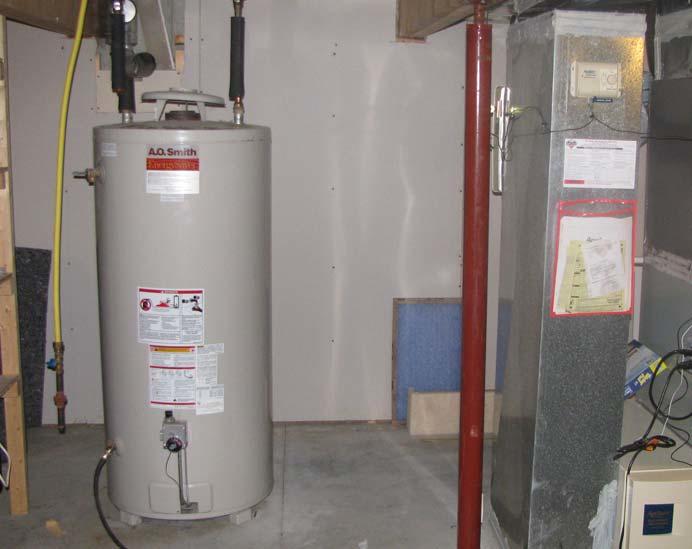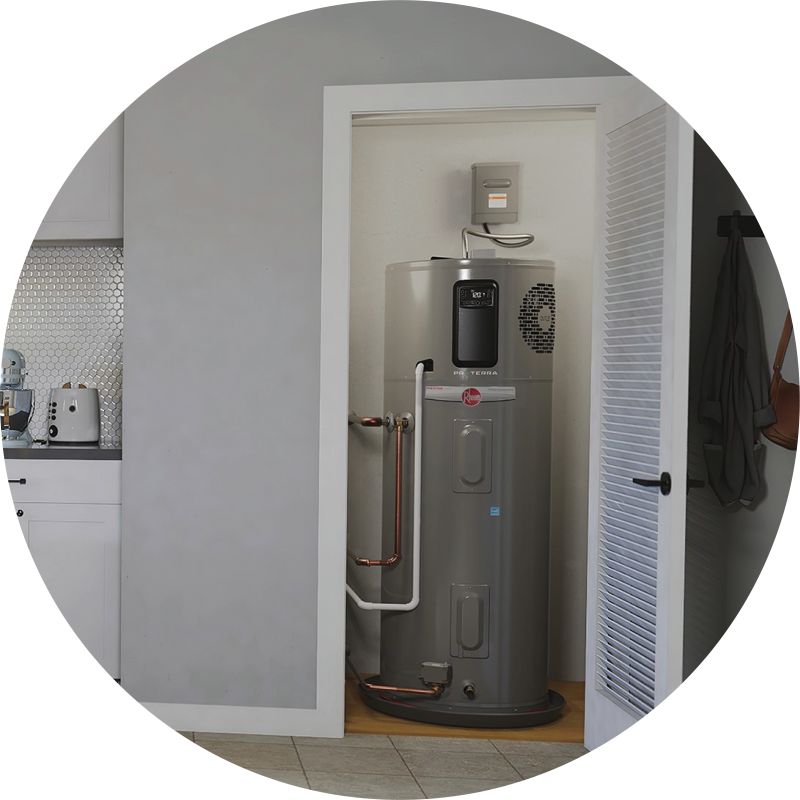How to Effectively Maintain Your Home's Hot Water System
How to Effectively Maintain Your Home's Hot Water System
Blog Article
They are making several great observations relating to Tips on Maintaining a Water Heater in general in the content on the next paragraphs.

Hot water is vital for day-to-day comfort, whether it's for a refreshing shower or washing recipes. To guarantee your warm water system runs efficiently and lasts much longer, regular maintenance is crucial. This article gives practical suggestions and insights on exactly how to keep your home's warm water system to avoid interruptions and pricey repair work.
Intro
Preserving your home's hot water system may seem overwhelming, but with a couple of simple steps, you can guarantee it runs efficiently for years to find. This overview covers every little thing from comprehending your warm water system to do it yourself maintenance pointers and knowing when to contact specialist help.
Significance of Keeping Your Warm Water System
Routine upkeep not only prolongs the life expectancy of your warm water system however also ensures it operates effectively. Disregarding upkeep can lead to reduced performance, greater energy bills, and even early failure of the system.
Indications Your Warm Water System Demands Upkeep
Knowing when your warm water system needs attention can avoid major problems. Keep an eye out for indicators such as inconsistent water temperature level, unusual sounds from the heating unit, or rustic water.
Flushing the Hot Water Heater
Purging your hot water heater eliminates sediment accumulation, enhancing effectiveness and extending its life.
Monitoring and Replacing Anode Rods
Anode rods avoid corrosion inside the tank. Examining and changing them when broken is crucial.
Facility Issues Needing Expert Assistance
Examples include major leaks, electric troubles, or if your hot water heater is constantly underperforming.
Regular Expert Upkeep Perks
Professional maintenance can consist of detailed examinations, tune-ups, and making sure compliance with safety criteria.
Checking and Adjusting Temperature Level Setups
Changing the temperature level setups makes certain ideal performance and safety and security.
DIY Tips for Maintenance
You can do a number of upkeep jobs yourself to keep your warm water system in top problem.
Checking for Leakages
On a regular basis check pipes and links for leaks, as these can bring about water damage and greater bills.
Recognizing Your Warm Water System
Before diving right into maintenance jobs, it's valuable to understand the fundamental components of your warm water system. Usually, this consists of the hot water heater itself, pipes, anode rods, and temperature controls.
Regular Monthly Maintenance Tasks
Regular monthly checks can aid catch small issues before they rise.
Examining Pressure Alleviation Valves
Testing the pressure safety valve ensures it works appropriately and protects against excessive stress buildup.
Protecting Pipelines
Protecting warm water pipes reduces warmth loss and can save energy.
When to Call a Specialist
While DIY maintenance is beneficial, some problems require expert expertise.
Final thought
Normal upkeep of your home's hot water system is vital for performance, longevity, and expense financial savings. By following these suggestions and understanding when to look for specialist help, you can guarantee a reliable supply of hot water without unforeseen interruptions.
How to Maintain an Instant Hot Water Heater
Before tinkering with your hot water heater, make sure that it’s not powered on. You also have to turn off the main circuit breaker and shut off the main gas line to prevent accidents. Also turn off the water valves connected to your unit to prevent water from flowing into and out of the appliance. 2. When you’re done, you have to detach the purge valves’ caps. These look like the letter “T†and are situated on either side of the water valves. Doing so will release any pressure that has accumulated inside the valves while at the same time avoid hot water from shooting out and burning your skin. 3. When the purge valves’ caps are removed, you have to connect your hosing lines to the valves. Your unit should have come with three hoses but if it didn’t, you can purchase these things from any hardware or home repair shops. You can also get them from retail stores that sell water heating systems. Read the user’s manual and follow it to complete this task properly. When the hosing lines are connected, open the purge port’s valves. 4. You should never use harsh chemical cleaners or solutions when cleaning your unit. Make use of white vinegar instead. It should be undiluted and you’ll probably use about 2 gallons. 5. Now flush your water heater. This task should probably take about 40 minutes. We can’t give you specific directions for this because the procedure is carried out depending on the type, model and brand of your heater. With that being said, refer to the user’s manual. 6. When you’re done draining the unit, you have to turn off the purge port valves again. Remove the hosing lines that you earlier installed on each of the water valves. Put the valve caps (purge port) back in their respective places and be very careful so as not to damage the rubber discs that are found inside these caps. 7. Now that everything’s back in place, check your user’s manual again to find out how to reactivate your water heating system. 8. Once it is working, turn one of your hot water faucets on just to let air pass through the heater’s water supply pipes. Leave the tap on until water flows smoothly out of it. https://www.orrplumbing.com/blog/2014/september/how-to-maintain-an-instant-hot-water-heater/

We were guided to that report on How to Maintain a Hot Water Heater in a Few Simple Steps through an acquaintance on a different web blog. Feel free to take the opportunity to promote this post if you liked it. I thank you for your readership.
This Page Report this page